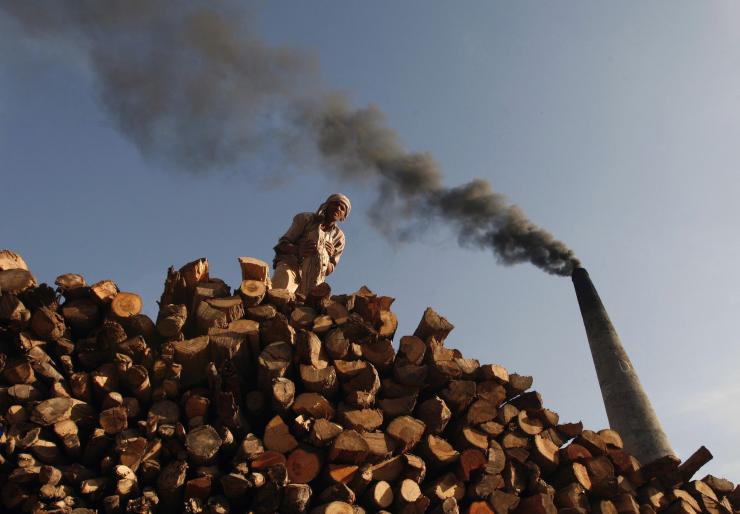India vows to cut carbon intensity upto 35 pct by 2030
The environment minister announced India’s climate pledges after the government submitted to the United Nations a new plan for tackling climate change, ahead of the COP21 meeting in November that will seek to forge a global agreement on curbing Earth-warming emissions.
It also promises to increase the share of renewable energy in the energy mix though it does not explicitly mention that about 350 GW of solar and wind power would be required to achieve the 40% non-fossil fuel power capacity – a projection the government had made to reach the INDC numbers. “But in new tenders, the per-unit price has come down to Rs 5”, said Union Environment Minister Prakash Javadekar, who on Gandhi Jayanthi released India’s intended nationally determined contributions (INDC).
India was among the last major global economies to submit its pledges before the landmark climate change congress at the end of the year.
It said India has already reduced its so-called carbon intensity by 12% since 2005.
India said boosting its renewables to that level would require help with transfer of clean technology and financing – two of the crunch issues before the Paris deal, which is supposed to apply to all countries but also include provisions for rich countries to help poor countries fight climate change and adapt to its consequences.
It also pledged to “aggressively” develop hydro and nuclear energy.
India’s proposal was submitted to coincide with the anniversary of the birth of Mahatma Gandhi, and the 38-page document was peppered with aphorisms attributed to the revered independence hero, such as, “One must care about the world one will not see”.
Countries are being held responsible for preventing the world’s temperatures from increasing by over 2 degrees Celsius, which scientists say is crucial to preventing disastrous consequences.
This offered opportunities for investments in “resilient, low-emission, sustainable development“, she said.
The country would need, as per preliminary estimates, around Dollars 206 billion between 2015 and 2030 for implementing adaptation actions in agriculture, forestry, fisheries infrastructure, water resources and ecosystems. India has announced steps to make its existing fleet of coal plants – among the dirtiest in the world – operate more efficiently and to phase out a few aging power stations.
“From all angles, India’s INDC is as good as China’s and better than the US’s considering that both these countries have higher emissions than India and are economically more capable of reducing their emissions and mitigating climate change“, deputy director general, CSE, Chandra Bhushan said.
As well as not setting absolute emissions cuts, India did not give a commitment to establishing carbon emissions trading. “This will set back India’s development prospects”, said Pujarini Sen of Greenpeace India.












